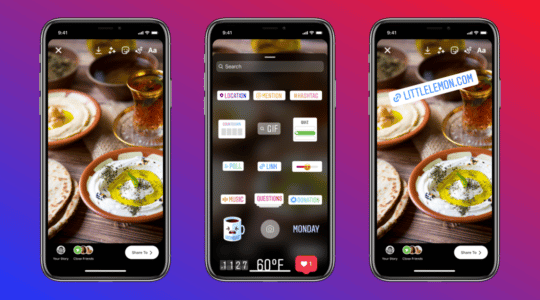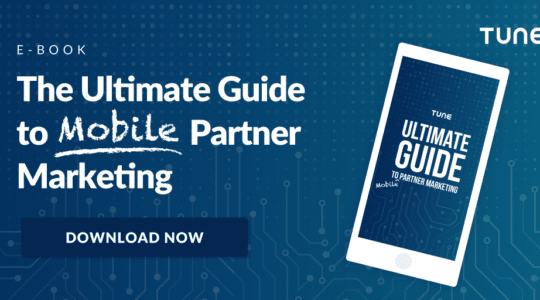In today’s fragmented media landscape it is becoming increasingly difficult to become successful across multiple platforms. This is most apparent in the mobile sector. Few developers have made a smooth transition from Android to iOS or vice versa. The select few that have crossed over successfully have endured a number of hurdles on their path to mass distribution and efficient monetization. During InsideSocialApps, a panel of industry veterans discussed the similarities and differences of Apple and Google’s distinct platforms, presented their own strategies for working with each of them, and shared what has and hasn’t worked for them on their journey to mobile dominance.
Speakers on this panel included Chris Akhavan, President of Publishing, Glu; Mike DeLaet, Senior Vice President of Worldwide Business Development, Kabam; Tom Hess, Producer, DeNA; Alex Rosen, Director of Product Management and Business Intelligence, GREE; and Projjol Banerjea, Vice President Marketing & Talent, SponsorPay. Here are a few key takeaways from the session.
Is the ‘Freemium’ business model a viable business model?
According to the panel, users don’t want to pay up-front for a game without knowing the value first. This results in many businesses moving from a pay-per-download to a freemium model for app monetization. Instead of paying up-front, the user can download the app for free but will pay money for advanced features, virtual goods, or additional functionality. Many brands focus on deep engagement with their hardcore users and use ads to augment non-paying user revenue.
What about the split between the different platforms?
Apps from Glu, Kabam, GREE, and DeNA all publish on both iOS and Android. Currently the iOS version of these apps drive more revenue and engagement, but Android revenue is reaching new heights every month. Alex Rosen of GREE attributes the performance difference to the large iOS tablet market which has resulted in a larger user base. In spite of this, Tom Hess’ team at DeNA launches first on Android, so they can fix bugs and track performance without having to wait for approval from the App Store between every update.
What about the revenue and engagement on different platforms?
Overall the panel agreed that iOS users play longer and also spend more in-app.
What about the Windows platform? Is it essential for the future?
The panel was split on the importance of developing for Windows 8. Chris Akhavan of Glu welcomed another large platform to deploy games on, whereas Mike DeLaet’s team at Kabam is holding back on Windows 8 and only focuses on iOS, Android and Facebook.
International geography? How do you customize campaigns according to the region?
All of these top brands take a local approach to the content in the app. Translations have to be spot on, as users will notice if there are sloppy Google Translate errors. Live operations in the game also have to be different.
In terms of international findings, Tom has observed a Japan-first trend. Everything that has happened in Japan is happening in the US, but it’s happening at a faster rate in the US than it did in Japan.
What about the types of titles? Do certain types of games have more engagement and higher monetization?
Rather than specific types or genre of games, Alex’s team focuses on games that show high engagement and login rates. These are the games that typically translate into higher monetization as well.
Mike noted that having a massive multi-player component to games drives more engagement since there is more of a community formed and incentive to play as a part of a team or against a team.
Licensed IP seem to be the top grossing apps. How do you decide between licensed IP vs original IP?
The panelists explained that working with a licensed IP such as Transformers or NFL Shuffle does help in acquiring players and creates a low barrier to entry. However, there is a larger up-front cost and often times they require a revenue share business model. In comparison an original app may require more resources at launch to drive user acquisition, since it’s not attached to a well known brand, but there may be a better opportunity for greater revenue over time.
Monetization model – pay to win vs free to win?
If there are artificial barriers put in place to win a game, users will quickly lose interest. Instead, advertisers take the approach of using in-app triggers to drive revenue. These in-app events don’t prevent a user from winning, but instead unlock premium content or advanced functionality.
Since there isn’t a lot of advertising, what do you do to push conversion?
Across the panel everyone agreed that in-game events are the best way to push conversion.
Tom even said that in-game events are the next big things in mobile to push conversion to drive revenue. They are far less expensive than to create a new game.
Chris also notes that developers are now better at merchandizing in-app, so that it’s easier for users to make those conversions.
Do you have any tips on how developers can successfully monetize mobile apps? Share your thoughts in the comments.
Author
Becky is the Senior Content Marketing Manager at TUNE. Before TUNE, she handled content strategy and marketing communications at several tech startups in the Bay Area. Becky received her bachelor's degree in English from Wake Forest University. After a decade in San Francisco and Seattle, she has returned home to Charleston, SC, where you can find her strolling through Hampton Park with her pup and enjoying the simple things between adventures with friends and family.




Leave a Reply
You must be logged in to post a comment.